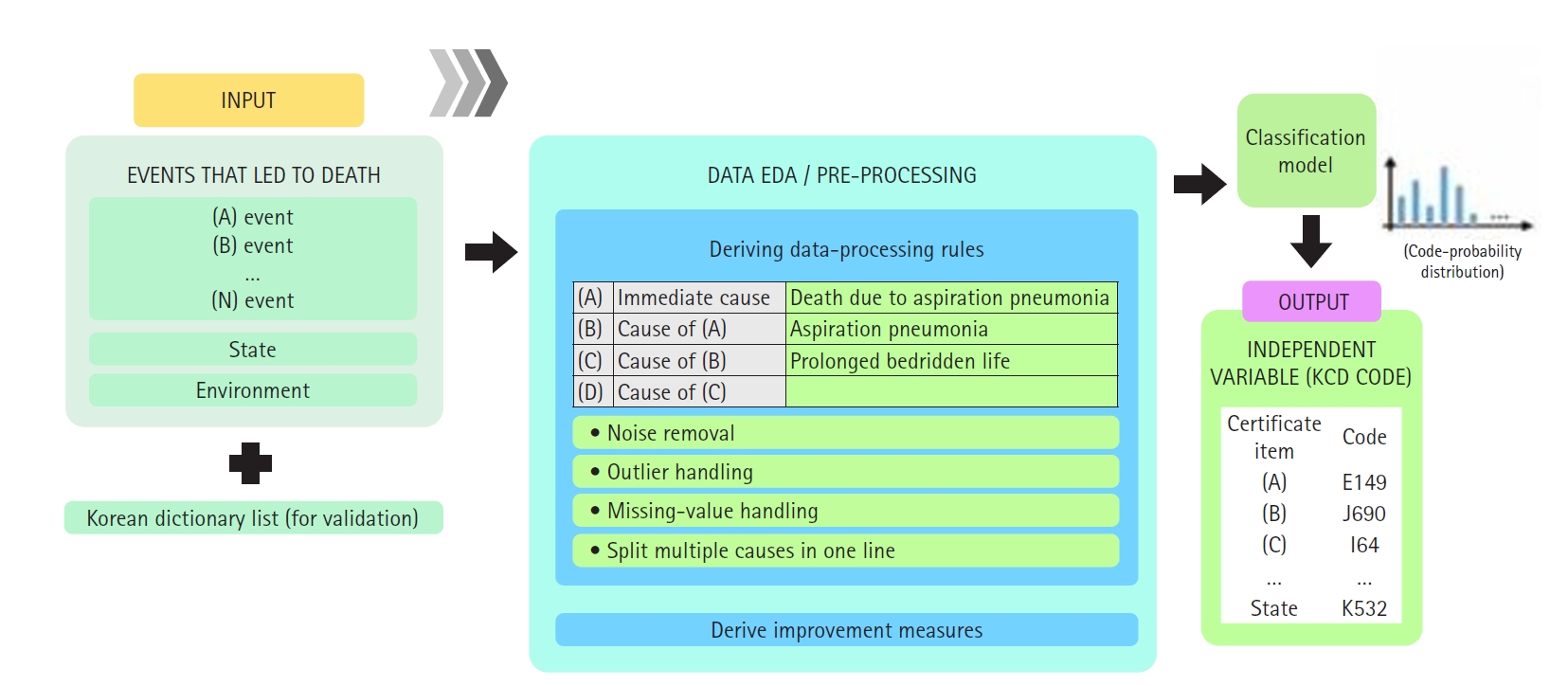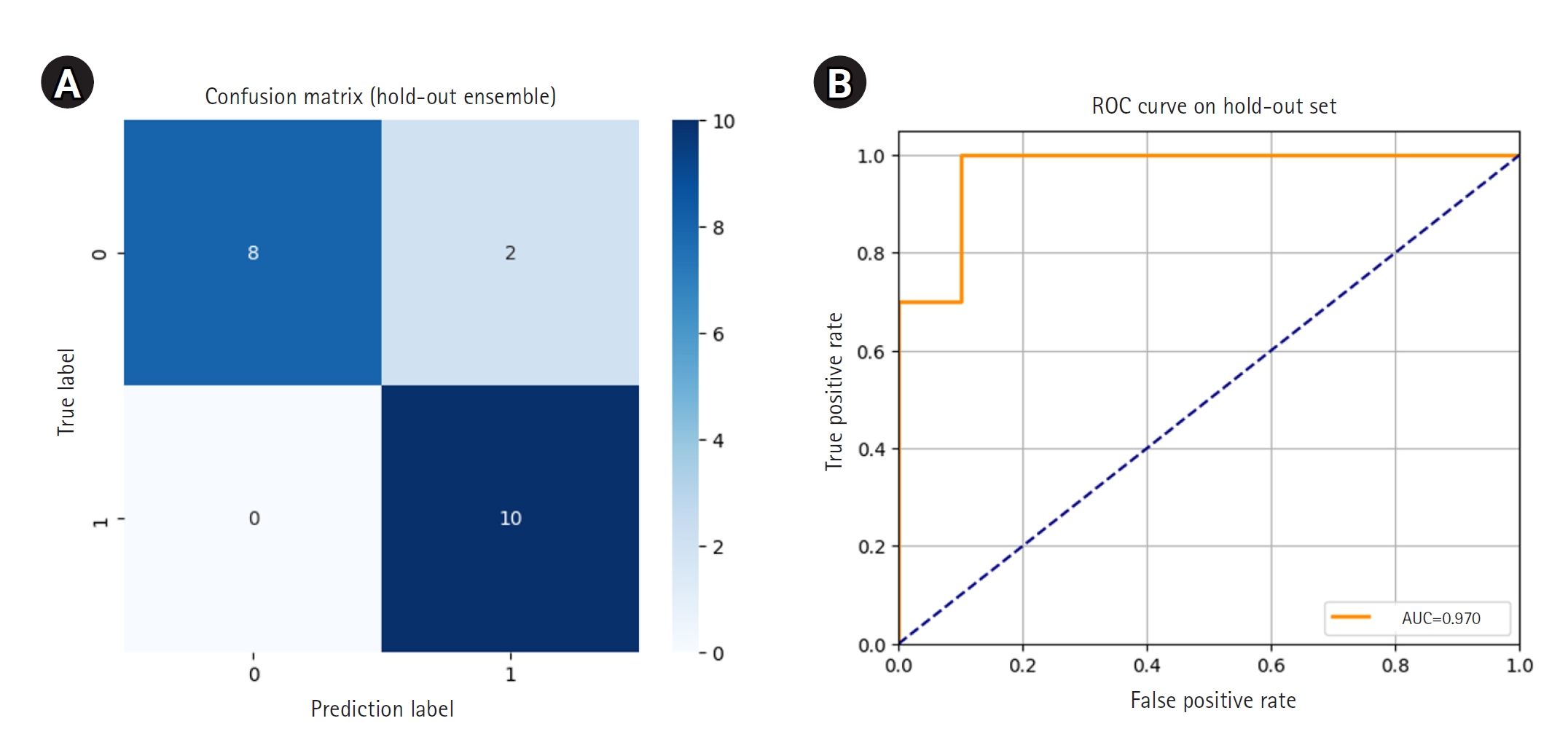
 , Gyeongmin Im
, Gyeongmin Im

 , Sohyun Ahn
, Sohyun Ahn , Ji Yeon Byun
, Ji Yeon Byun
Citations

 , Jooyoung Choi
, Jooyoung Choi

Citations

 , Seoyoung Kim
, Seoyoung Kim , Dohyoung Rim
, Dohyoung Rim
Shoulder diseases pose a significant health challenge for older adults, often causing pain, functional decline, and decreased independence. This narrative review explores how deep learning (DL) can address diagnostic challenges by automating tasks such as image segmentation, disease detection, and motion analysis. Recent research highlights the effectiveness of DL-based convolutional neural networks and machine learning frameworks in diagnosing various shoulder pathologies. Automated image analysis facilitates the accurate assessment of rotator cuff tear size, muscle degeneration, and fatty infiltration in MRI or CT scans, frequently matching or surpassing the accuracy of human experts. Convolutional neural network-based systems are also adept at classifying fractures and joint conditions, enabling the rapid identification of common causes of shoulder pain from plain radiographs. Furthermore, advanced techniques like pose estimation provide precise measurements of the shoulder joint's range of motion and support personalized rehabilitation plans. These automated approaches have also been successful in quantifying local osteoporosis, utilizing machine learning-derived indices to classify bone density status. DL has demonstrated significant potential to improve diagnostic accuracy, efficiency, and consistency in the management of shoulder diseases in older patients. Machine learning-based assessments of imaging data and motion parameters can help clinicians optimize treatment plans and improve patient outcomes. However, to ensure their generalizability, reproducibility, and effective integration into routine clinical workflows, large-scale, prospective validation studies are necessary. As data availability and computational resources increase, the ongoing development of DL-driven applications is expected to further advance and personalize musculoskeletal care, benefiting both healthcare providers and the aging population.
 , So Hyun Ahn
, So Hyun Ahn , Rena Lee
, Rena Lee
This study aimed to develop an accurate pediatric bone age prediction model by utilizing deep learning models and contrast conversion techniques, in order to improve growth assessment and clinical decision-making in clinical practice.
The study employed a variety of deep learning models and contrast conversion techniques to predict bone age. The training dataset consisted of pediatric left-hand X-ray images, each annotated with bone age and sex information. Deep learning models, including a convolutional neural network , Residual Network 50 , Visual Geometry Group 19, Inception V3, and Xception were trained and assessed using the mean absolute error (MAE). For the test data, contrast conversion techniques including fuzzy contrast enhancement, contrast limited adaptive histogram equalization (HE) , and HE were implemented. The quality of the images was evaluated using peak signal-to-noise ratio (SNR), mean squared error, SNR, coefficient of variation, and contrast-to-noise ratio metrics. The bone age prediction results using the test data were evaluated based on the MAE and root mean square error, and the t-test was performed.
The Xception model showed the best performance (MAE=41.12). HE exhibited superior image quality, with higher SNR and coefficient of variation values than other methods. Additionally, HE demonstrated the highest contrast among the techniques assessed, with a contrast-to-noise ratio value of 1.29. Improvements in bone age prediction resulted in a decline in MAE from 2.11 to 0.24, along with a decrease in root mean square error from 0.21 to 0.02.
This study demonstrates that preprocessing the data before model training does not significantly affect the performance of bone age prediction when comparing contrast-converted images with original images.
Citations

 , Ryung-Ah Lee
, Ryung-Ah Lee
The capabilities of artificial intelligence (AI) have recently surged, largely due to advancements in deep learning inspired by the structure and function of the neural networks of the human brain. In the medical field, the impact of AI spans from diagnostics and treatment recommendations to patient engagement and monitoring, considerably improving efficiency and outcomes. The clinical integration of AI has also been examined in specialties, including pathology, radiology, and oncology. General surgery primarily involves manual manipulation and includes preoperative, intraoperative, and postoperative care, all of which are critical for saving lives. Other fields have strived to utilize and adopt AI; nonetheless, general surgery appears to have retrogressed. In this review, we analyzed the published research, to understand how the application of AI in general surgery differs from that in other medical fields. Based on previous research in other fields, the application of AI in the preoperative stage is nearing feasibility. Ongoing research efforts aim to utilize AI to improve and predict operative outcomes, enhance performance, and improve patient care. However, the use of AI in the operating room remains significantly understudied. Moreover, ethical responsibilities are associated with such research, necessitating extensive work to gather evidence. By fostering interdisciplinary collaboration and leveraging lessons from AI success stories in other fields, AI tools could be specifically tailored for general surgery. Surgeons should be prepared for the integration of AI into clinical practice to achieve better outcomes; therefore, the time has come to consider ethical and legal implications.
Citations


